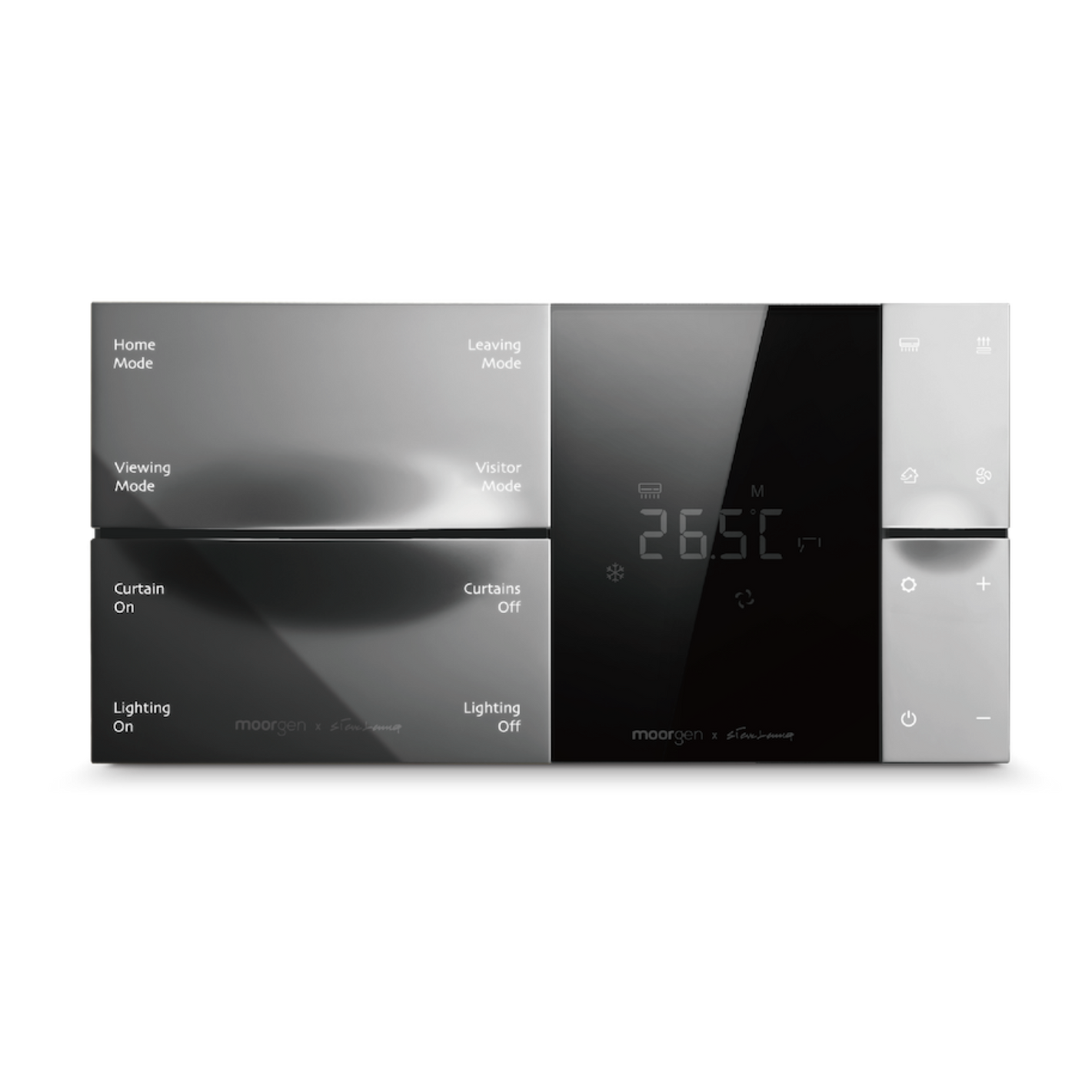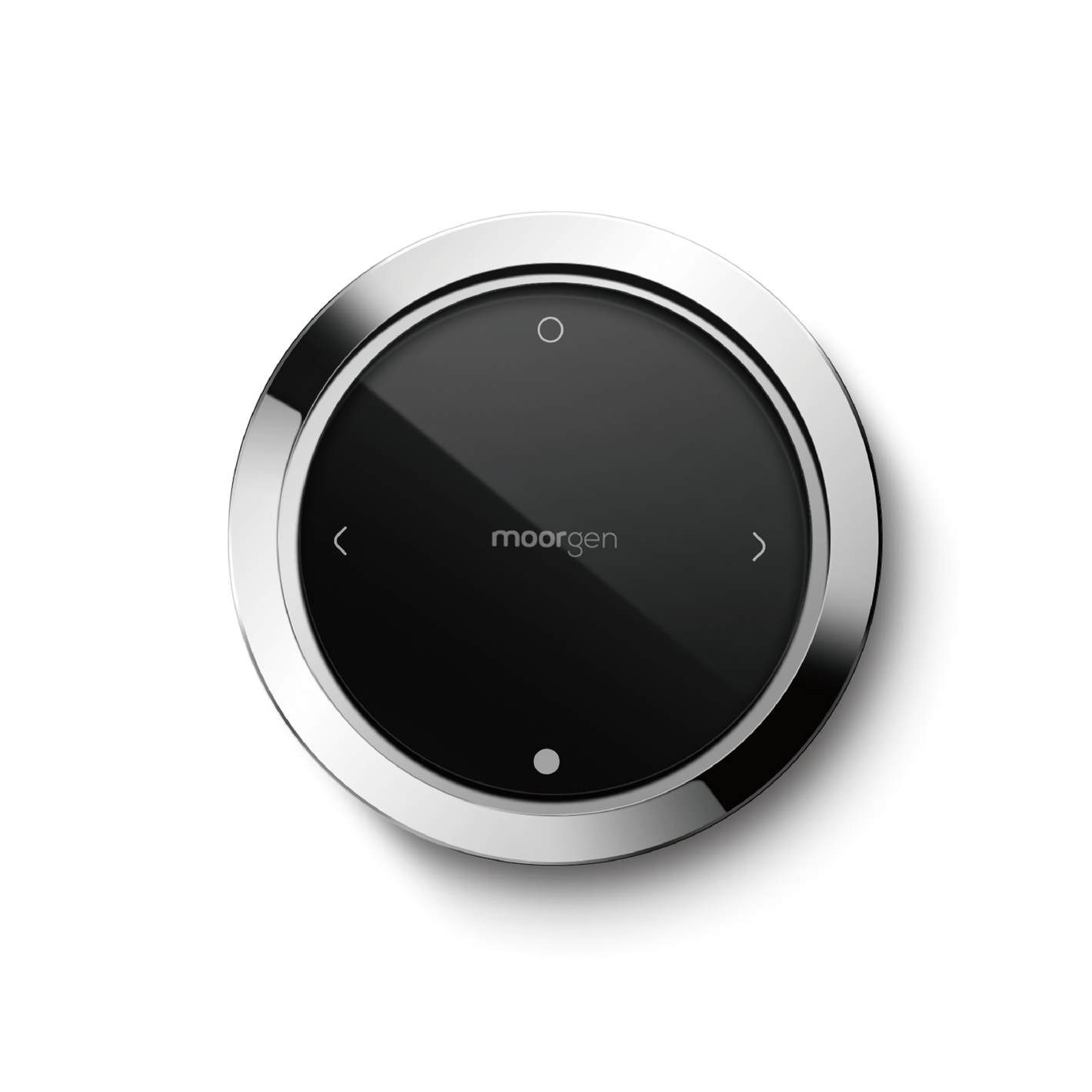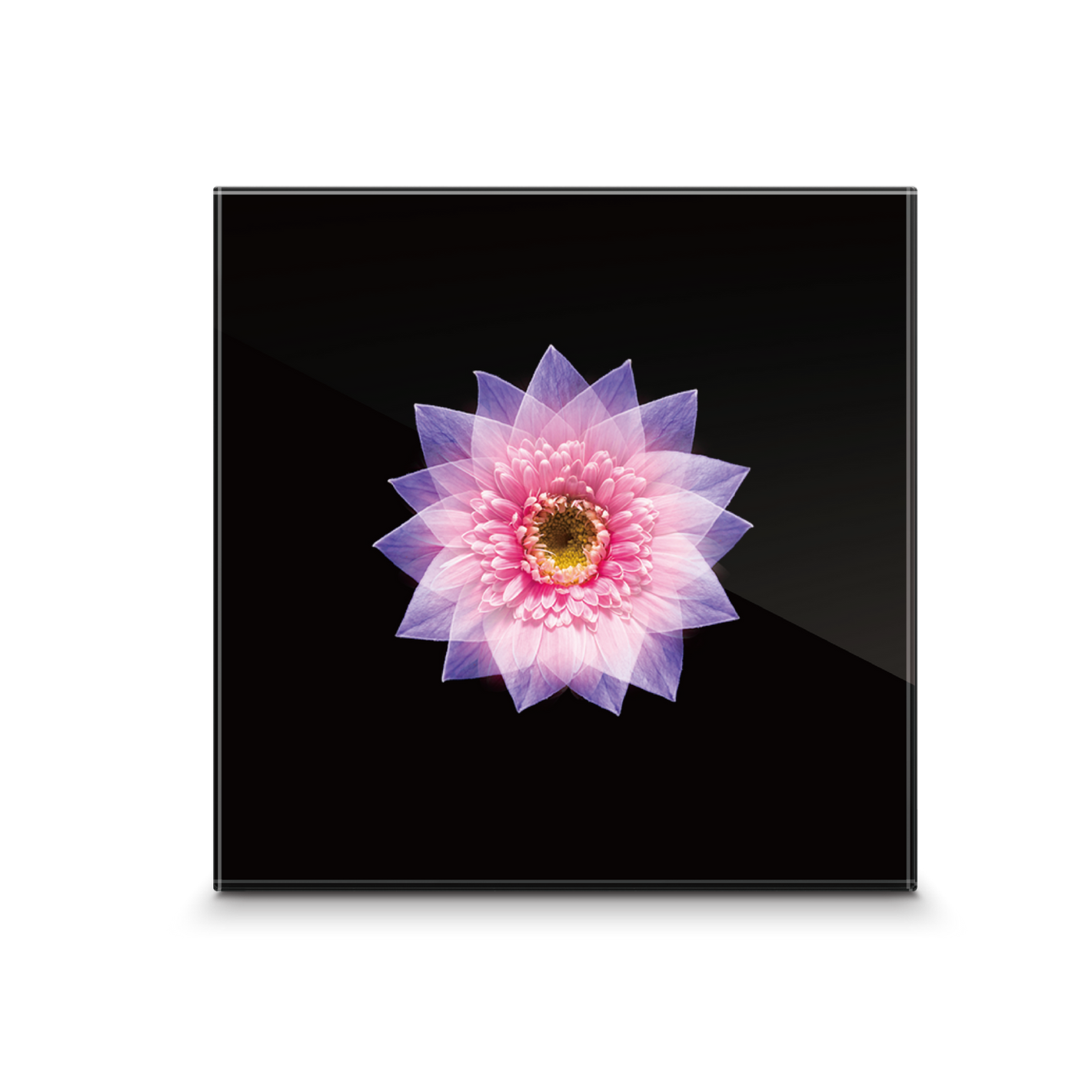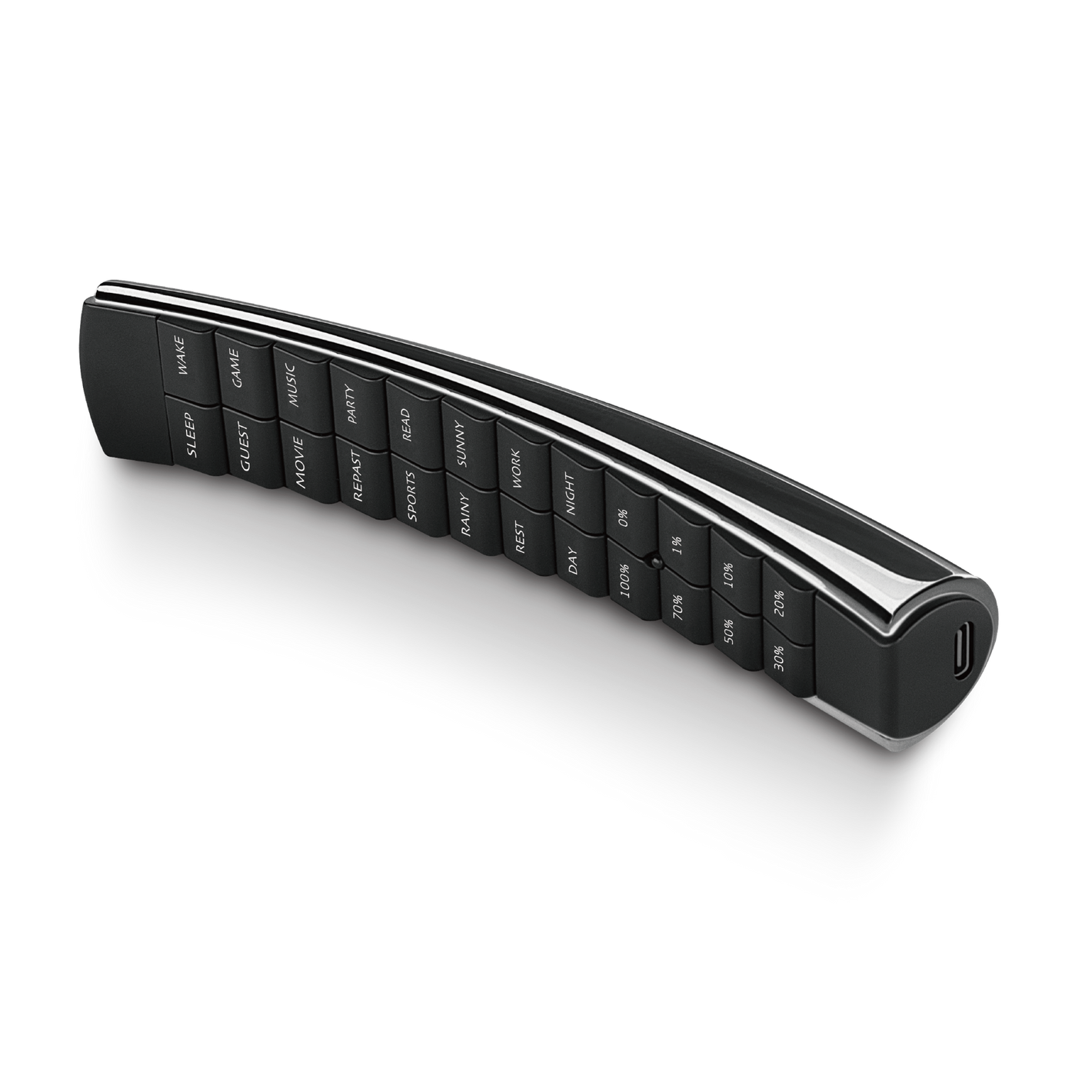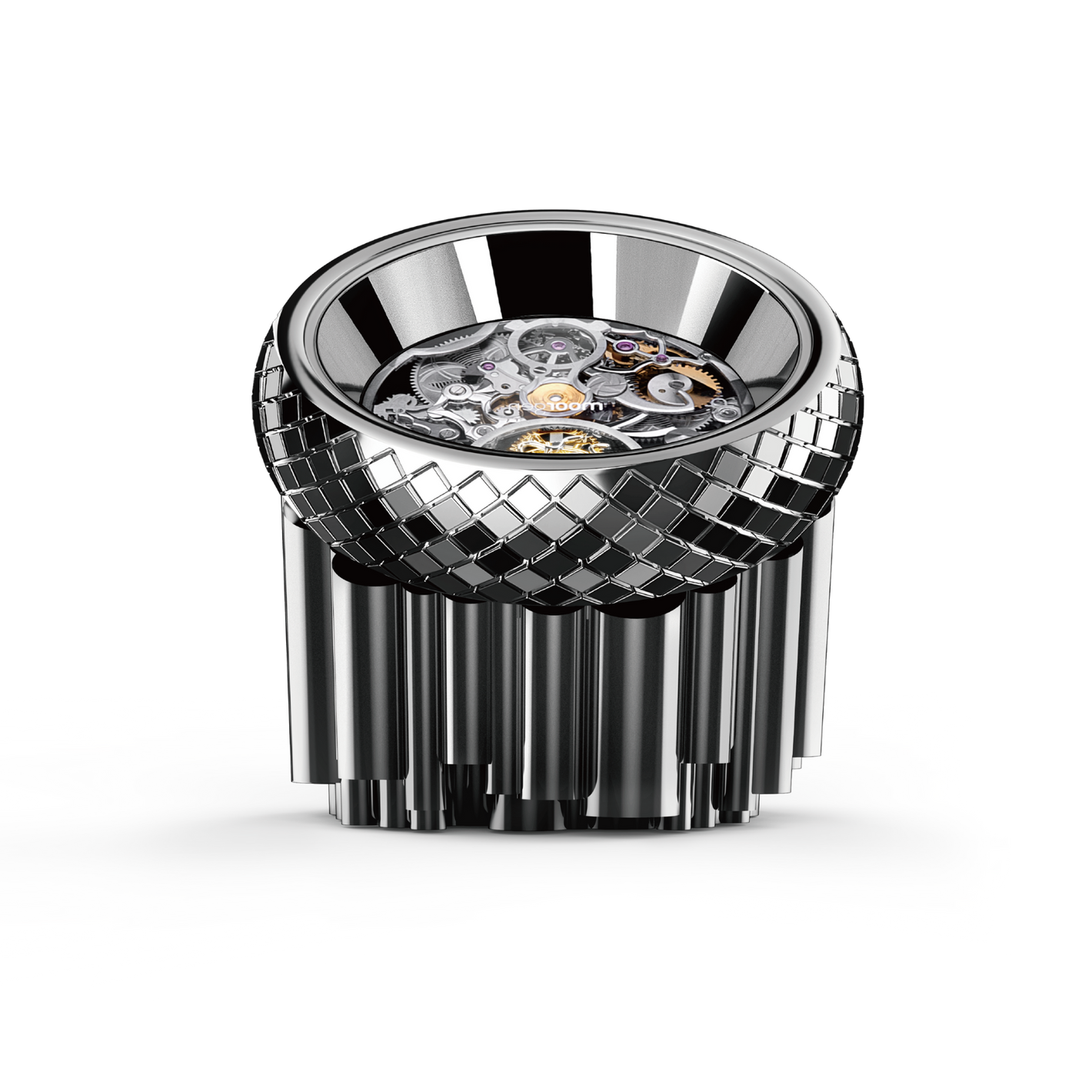【Smart Home Living】DIY Air Conditioner Cleaning Tutorial
Spring has arrived, especially in Hong Kong, where some heat-sensitive individuals have already started using air-conditioners. However, if the air conditioner has not been used for several months, dust and dirt will inevitably accumulate. Besides the possibility of strange odors upon startup, breathing "stale" air every day may trigger respiratory allergies and affect health. Hiring a professional to clean the air conditioner is not cheap, and it requires scheduling and arranging for someone to be present at home. As a result, many people procrastinate and delay cleaning their air conditioners. Cleaning your air conditioner yourself is not difficult! This Moorgenzine article will teach you how to DIY clean your air conditioner, saving you the cost of hiring a professional and also extending the lifespan of your air conditioner.
Key Points of this Article:
- Why is it necessary to clean the air conditioner? Benefits of cleaning the air conditioner
- When is it necessary to clean the air conditioner?
- What tools are needed for DIY air conditioner cleaning? Where to buy them?
- DIY Air Conditioner Cleaning - 4 Major Steps
Why is it necessary to clean the air conditioner? Benefits of cleaning the air conditioner
In Hong Kong, during the summer, it's common for people to keep their air conditioners running for extended periods when at home. If you live in urban areas, where air quality is relatively poor, air conditioners are even more prone to accumulating dust and dirt. Accumulated dirt in the air conditioner can lead to various problems, so let's understand why it's necessary to clean the air conditioner.
Cooler air
Have you ever noticed that even after using an air conditioner for only 2-3 years, it suddenly doesn't feel as cool? Even when set to the coldest setting, there's no noticeable difference, and sometimes there may even be noise. Most people would immediately assume that there's a problem with the air conditioner's components, but most of the time, the reason why the air conditioner isn't cooling enough is because it's too dirty! When the air conditioner accumulates dirt, it affects the airflow, resulting in the air conditioner not cooling adequately. After cleaning the air conditioner, you will immediately feel a refreshing breeze.
Fresher indoor air
Since air conditioners cool by compressing indoor air - drawing in indoor air to produce cold air - air conditioners are prone to accumulating dust and breeding bacteria, seriously affecting indoor air quality. Breathing in stale air for a long time can be very uncomfortable for allergy sufferers or those with chronic respiratory diseases, potentially worsening their conditions. Therefore, air conditioners must be regularly cleaned to remove bacteria and mold nurtured by humid weather, ensuring indoor air quality and providing an extra layer of health protection.
Same usage but more energy-efficient
After the air conditioner accumulates dirt, it affects the airflow, thereby affecting the cooling effect. Because the airflow is not smooth, the indoor temperature drops more slowly, indirectly increasing the operating time of the air conditioner's compressor. Variable frequency air conditioners may operate at high speed for extended periods, resulting in a significant increase in electricity consumption. Originally, it only took 10 minutes of high-speed operation to cool the room, but if the airflow is not smooth, it may take 3-4 times longer to achieve the same room temperature, resulting in increased electricity bills. Therefore, cleaning the air conditioner can actually help you save on electricity bills.
Longer lifespan of the air conditioner
Similar to the above, because the air conditioner accumulates dirt, it affects the airflow, thereby prolonging the operating time of the air conditioner's compressor at high speed, significantly increasing the load on the air conditioner, and affecting the overall lifespan of the air conditioner. If you don't want to replace your air conditioner every year or need frequent repairs, cleaning the air conditioner will definitely help you.
When is it necessary to clean the air conditioner?
There's no specific time to clean the air conditioner, but if it hasn't been used for several months, such as during the winter, it's best to clean it before restarting. Additionally, during periods of prolonged air conditioner use, such as in the summer, it's necessary to regularly clean the air conditioner to keep it in optimal condition. Generally, professionals recommend cleaning the air conditioner every season.
What tools are needed for DIY air conditioner cleaning? Where to buy them?
The tools for cleaning the air conditioner can generally be purchased at hardware stores, and for around HK$100, you can get everything you need, some of which can be reused, making it very cost-effective. Among all the tools for cleaning the air conditioner, the most important one is the "air conditioner foam cleaner," used to dissolve dust and dirt inside the air conditioner components. Just choose reputable brands like 3M and WD-40, which are priced around HK$50 to HK$70.
Another important tool is the "stiff-bristled brush," used to brush away larger dust before using the air conditioner foam cleaner. Since dust tends to get stuck between the bristles, "stiff bristles" are crucial, and they usually cost within HK$10.
Another tool is a spray bottle, mainly used to rinse away the used air conditioner foam cleaner.
Finally, an old cloth can be used to wipe away stains on the air conditioner surface before cleaning and to wipe away wastewater during air conditioner cleaning.
List of tools for cleaning the air conditioner:
- Air conditioner foam cleaner: Dissolves dust and dirt inside the air conditioner components
- Stiff-bristled brush: Brushes away larger dust before using the air conditioner foam cleaner
- Spray bottle: Rinses away used air conditioner foam cleaner
- Old cloth: Wipes away stains on the air conditioner surface before cleaning and wipes away wastewater during air conditioner cleaning
DIY Air Conditioner Cleaning - 4 Major Steps
Cleaning the air conditioner is not as complicated as you might think. With just 4 steps, you can easily clean your air conditioner.
Step 1: Turn off the main switch
It's common sense to turn off any appliance before handling or repairing it, right? This step is particularly important for cleaning the air conditioner because it involves water, and neglecting it can accelerate the wear and tear of the air conditioner or, worse, result in electric shock.
If your air conditioner is usually operated using only a remote control and doesn't have a main switch, the safest approach is to unplug the air conditioner or turn off the air conditioner's fuse in the electrical box.
Step 2: Remove and clean the casing and dust filter
After turning off the air conditioner main switch, you can remove the air conditioner casing and the dust filter inside.
The air conditioner casing usually has screws for fastening, but the positions may vary for each air conditioner model, though screws are usually visible. Once all the screws are loosened, the entire casing can be easily removed.
However, it's important to note that window-type air conditioners usually have wires connecting the casing to the unit. Before removing the air conditioner casing, disconnect the wires first.
After removing the air conditioner casing and the dust filter, you can clean these two components with water, no cleaning agents needed, just plain water. If it's a window-type air conditioner, be careful not to wet the wires or wire heads when rinsing. After rinsing, you can let them air dry.
Step 3: Spray the air conditioner foam cleaner on the air conditioner
After removing the air conditioner casing and the dust filter, you should see rows of metal fins, which are the air conditioner's evaporator coils. First, use the stiff-bristled brush you prepared to brush away larger dust, then evenly spray the air conditioner foam cleaner onto the metal fins.
Wait for 10-15 minutes, and the air conditioner cleaning foam will dissolve dirt on its own.
Step 4: Rinse off the air conditioner foam cleaner
Finally, after cleaning, wait for 20 minutes, or longer if you have time, to let the air conditioner casing and dust filter dry completely. The drier the dust filter, the better, to prevent bacteria growth due to moisture.
When the air conditioner casing and dust filter are completely dry, you can reinstall them on the air conditioner.
Finally, turn on the power, and the air conditioner will immediately blow out fresh and cool air.
FAQs - DIY Air Conditioner Cleaning
How many times can the air conditioner foam cleaner be used?
Generally, an air conditioner foam cleaner can be used 3-4 times. For example, for a two-bedroom unit with one air conditioner in the living room and two in the bedrooms, a single air conditioner foam cleaner is definitely enough.
Is there a difference between split-type air conditioners and window-type air conditioners in terms of cleaning?
Basically, there's no significant difference in cleaning split-type or window-type air conditioners; the steps and methods are the same. Removing the casing of a split-type air conditioner may be slightly more complicated than that of a window-type air conditioner, but with a little extra time, you can definitely remove the casing and dust filter.
Is DIY air conditioner cleaning sufficient, or is it still necessary to hire a professional air conditioner cleaner?
Generally, cleaning the air conditioner once every season is already good maintenance for the air conditioner. However, suppose you find that after cleaning the air conditioner, the air blown out is still not cool enough. In that case, you may need to hire a professional air conditioner cleaner for deep cleaning with a high-pressure water jet and to check if there are any malfunctions in the air conditioner components.
After reading this Moorgenzine article, I believe you have a deeper understanding of how to DIY clean your air conditioner. If you have any questions about smart homes, please contact Moorgen anytime. Additionally, if you want to experience the lifestyle improvement brought by smart door locks firsthand, you can visit Moorgen's showroom in North Point, Hong Kong, and experience Real Smart Home.
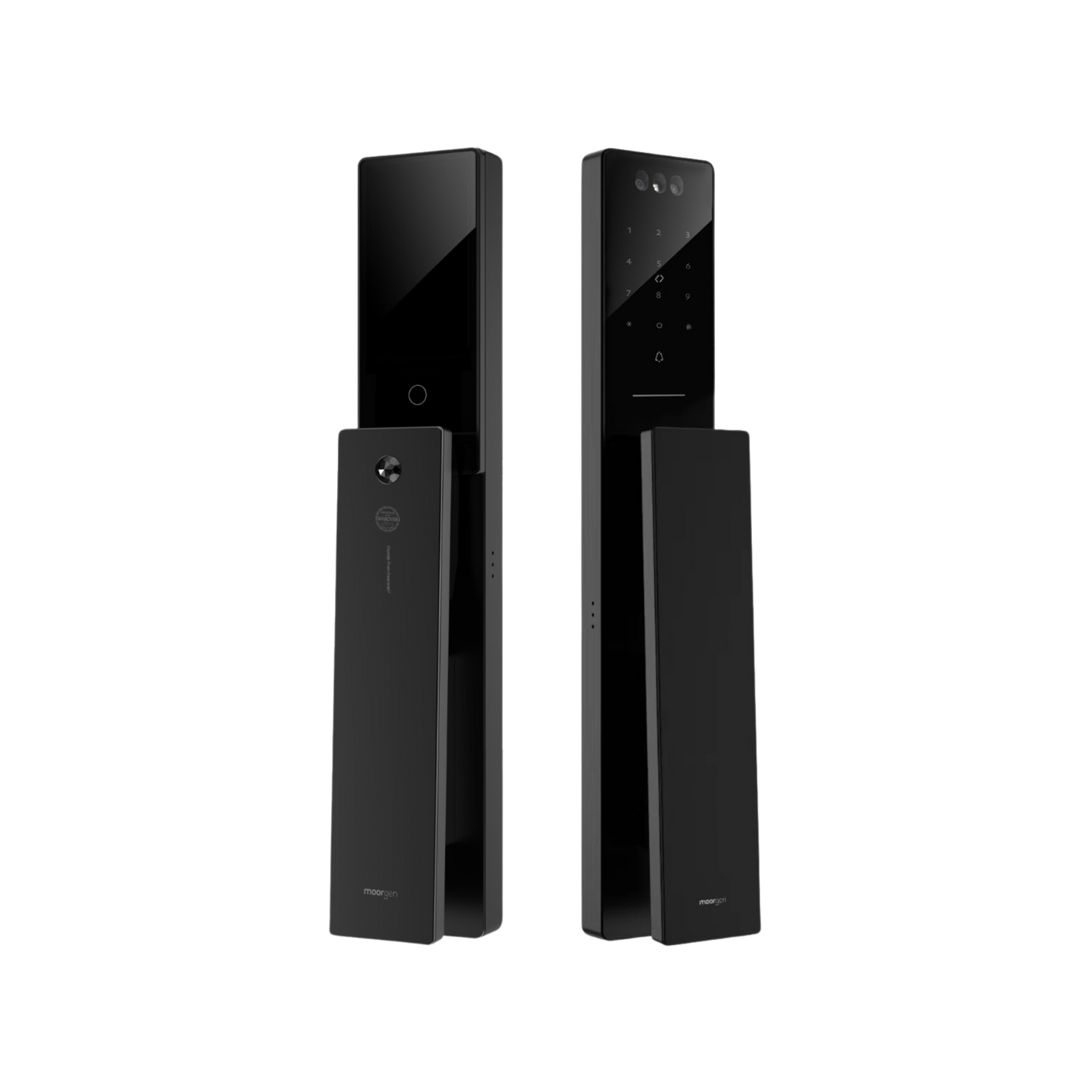


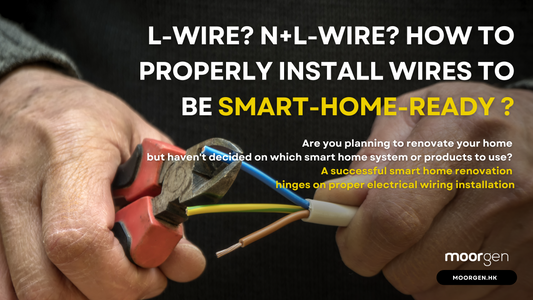
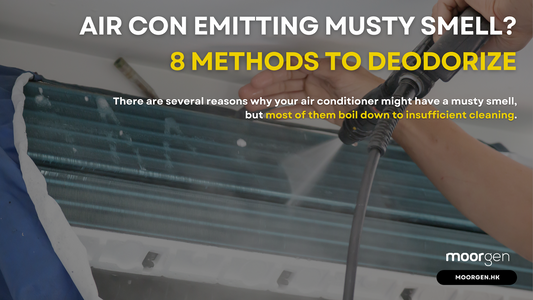


![[Smart Living] How to Choose a Smart Power Strip? Swift Transform Your Home into a Smart Home!](http://moorgen.hk/cdn/shop/articles/blog_cover_moorgen_how_to_choose_smart_power_strip.png?v=1728137093&width=533)
![[Smart Living] How to Choose LED Bulbs? Which Ones Are the Most Energy-Efficient?](http://moorgen.hk/cdn/shop/articles/blog_cover_moorgen_how_to_choose_led_bulbs.png?v=1728136975&width=533)
![[Smart Living] How to Choose an Instant Hot Water Dispenser and Use It Efficiently?](http://moorgen.hk/cdn/shop/articles/blog_cover_moorgen_how_to_choose_instant_hot_water_dispenser.png?v=1728136837&width=533)
![[Smart Living] 5 Energy-Saving Tips for Electric Kettles](http://moorgen.hk/cdn/shop/articles/blog_cover_moorgen_energy_saving_tips_electric_kettles.png?v=1728136710&width=533)
